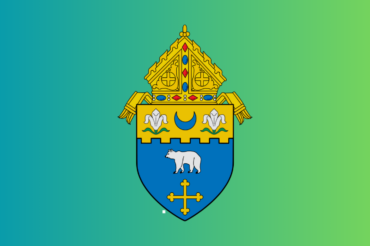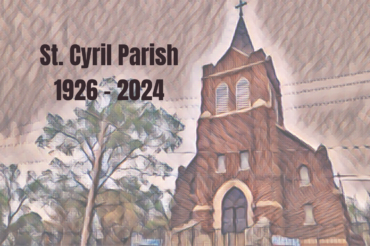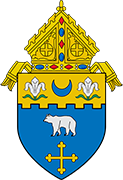Relics of St. Pio to visit Kansas City-St. Joseph Diocese May 15
By Marty Denzer
Catholic Key Associate Editor
KANSAS CITY — Relics of St. Pio, better known as Padre Pio, have been touring in the Americas for the past two years, venerated by more than 500,000 faithful Catholics. They will visit Kansas City’s Cathedral of the Immaculate Conception May 15.
The relics — Padre Pio’s glove, crusts of his wounds, cotton gauze with blood stains, a lock of his hair, his mantle and a handkerchief soaked with his sweat in the hours before his death — will be available for veneration from 11 a.m. – 6:30 p.m. Bishop James V. Johnston, Jr., will celebrate Mass in honor of St. Pio at 7 p.m. The St. Pio Foundation, sponsor of the tour, will provide books and other items related to Padre Pio in the Cathedral narthex.
Padre Pio was born Francesco Forgione on May 25, 1887 in Pietrelcina, Italy. His parents were devout Catholic peasant farmers. Francesco, his older brother and two sisters worked with their parents to help make ends meet — for many seasons, Francesco tended the family’s small flock of sheep.
At the age of 10, he expressed the desire to become a priest, but having missed a lot of schooling while herding the sheep, he and his parents were told he would need private tutoring to catch up and pass the exams. In 1899, his father, Grazio, emigrated to the United States, where he worked for several years, sending money home to pay for Francesco’s education.
The young man entered the Capuchin order, a branch of the Order of Friars Minor (Franciscan), at Morcone, Italy in 1902. He took the name Pio in honor of Pope Pius V. In 1910, at the age of 23, Padre Pio was ordained a priest.
In 1915, he was drafted into the medical service arm of the Italian Military, as Europe was in the throes of the First World War. Although he served, his poor health, a life-long challenge, caused him to be sent home so often that he was discharged in March 1916.
Already reputed to be a mystic, who according to one of his brother monks, had levitated during a period of ecstasy in prayer, he also became known for his miraculous powers of healing and knowledge.
In 1918, Pope Benedict XV asked Christians the world over to pray for an end to the war. While praying, Padre Pio had a vision wherein Christ pierced his side.
Several weeks passed. Then, on Sept. 20, 1918, Christ again appeared to the priest in a vision and conferred upon him the full stigmata — wounds corresponding to those Christ suffered during his Passion and Crucifixion. The stigmata would remain with him for 50 years, until his death in 1968.
Padre Pio’s popularity increased, to the point that the Vatican began questioning its legitimacy. The priest was himself uncomfortable with it. It wasn’t until 1934 that the Vatican reversed its opinion and allowed Padre Pio to again perform public duties such as celebrating Mass.
In 1947, Father Karol Wojtyla visited Padre Pio who said presciently that the Polish priest “would rise to the highest post in the Church.” Fr. Wojtyla became Pope John Paul II in 1978.
Padre Pio was known internationally for his piety, charity and the quality of his preaching. A famous line of his, “Pray, hope and don’t worry,” is still quoted today.
He died Sept. 23, 1968. More than 100,000 people attended his funeral. He was canonized a saint by Pope John Paul II in 2002.
The St. Pio Foundation is a national charitable organization that promotes awareness of St. Pio and his mission by working with individuals and institutions sharing the same vision, to serve “those in need of relief from suffering.” Funds raised by the foundation provide grants to American Catholic healthcare, educational, social, religious and cultural partner organizations. o
For more information on the St. Pio Foundation, visit www.saintpiofoundation.org.





